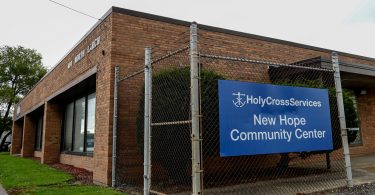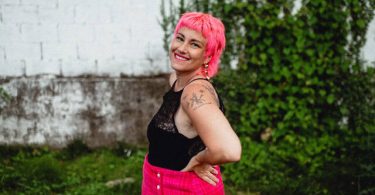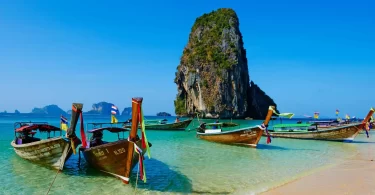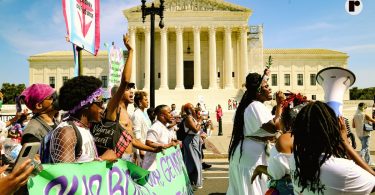Click here to download the results for no charge!
Join the free webinar review of the study:
23rd Annual LGBTQ Tourism & Hospitality Survey Results
Jan 30, 2019 at 10:30 AM PST / 1:30 PM EST
Register here: https://register.gotowebinar.com/register/2876210664234753027
After registering, you will receive a confirmation email containing information about joining the webinar.
###
Community Marketing & Insights has released the 23rd Annual LGBTQ Tourism & Hospitality Survey report. This snapshot of the LGBTQ travel market is available at no charge along with many other LGBTQ studies at www.CommunityMarketingInc.com.
5,709 LGBTQ community members from all 50 United States participated in the survey.
Top findings include:
- New York City remains the most-visited destination by LGBTQ community members living in the United States. The second tier for visitation remains Las Vegas, Los Angeles and San Francisco, then followed in alphabetical order by Boston, Chicago, Denver, Ft. Lauderdale, Miami, New Orleans, Orlando, Palm Springs, Philadelphia, Portland OR, San Diego, Seattle and Washington, D.C.
- Of note is that over 50 destinations in the United States ranked this year as receiving substantial LGBTQ visitation, the largest number in the 23-year history of the survey. This points to an ongoing trend that has been noted in the survey over many years, that LGBTQ tourism is becoming more dispersed across more and more destinations. The traditional top destinations are experiencing increased pressure to maintain their positions in the market, while medium and smaller cities are gaining traction. New to the higher levels of ranking this year are communities such as Louisville, Reno/Tahoe, Madison, Portland ME, and Salt Lake City.
- The overall travel results are about the same for overnight trips taken by LGBTQ community members in the past 12 months (5.3 leisure or to visit family/friends and 1.5 business trips). However, the number of flights and hotel rooms increased about 5% over the previous year.
- The study demonstrates that LGBTQ community members value staying in a hotel brand that has a favorable LGBTQ reputation (69% agree). However, most LGBTQ community members feel that today most major hotel brands are LGBTQ-welcoming (70%). This is a positive statement about the hotel industry, but it makes it more challenging for brands to distinguish themselves only through LGBTQ messages.
- 80% of participants said that they would not travel to a destination that treats their local LGBTQ community poorly.
- 84% said they are more likely to travel to destinations with sexual orientation anti-discrimination laws and 75% said they were more likely to travel to destinations with gender identity anti-discrimination laws.
- 97% said they were likely to capture videos/photos with a smartphone and/or camera while on vacation. The top-ranked reason that they take pictures is to store them to remember the trip in the future, and the number two reason is to post to social media. Printing and framing pictures ranked last in motivations for taking photos.
- 12% of the LGBTQ travelers in the study took at last one cruise in the past 12 months. The average number of nights at sea was 7.5.
- Among LGBTQ survey participants who took at least one flight in the past year, the vast majority are members of at least one frequent flyer program (78%). Airline loyalty is near equally split between four major domestic carriers. Among those who belong to a frequent flyer program, 69% indicated belonging to more than one program, and 45% belong to three or more.
- The research points to the popularity of ride-share services like Uber and Lyft while traveling (67% used), at the expense of car rental and taxi. While percentages using ride-share services are higher among Millennials, the number of LGBTQ Baby Boomers now using these services is quite high (80% for Millennials vs. 50% for Baby Boomers).
- Travel marketers must understand that L, G, B and T are not one “group” moving in one direction. There are important differences when we look at these travel motivations by gender and generation. For example, outdoor tourism was higher among women, while urban tourism was more popular with men. Gay men and transgender travelers were the most motivated by LGBTQ neighborhood and nightlife. Millennials were most motivated to “travel like a local,” and Generation X showed strong business travel patterns.
Webinar registration: https://register.gotowebinar.com/register/2876210664234753027
Click here to download the results for no charge!







